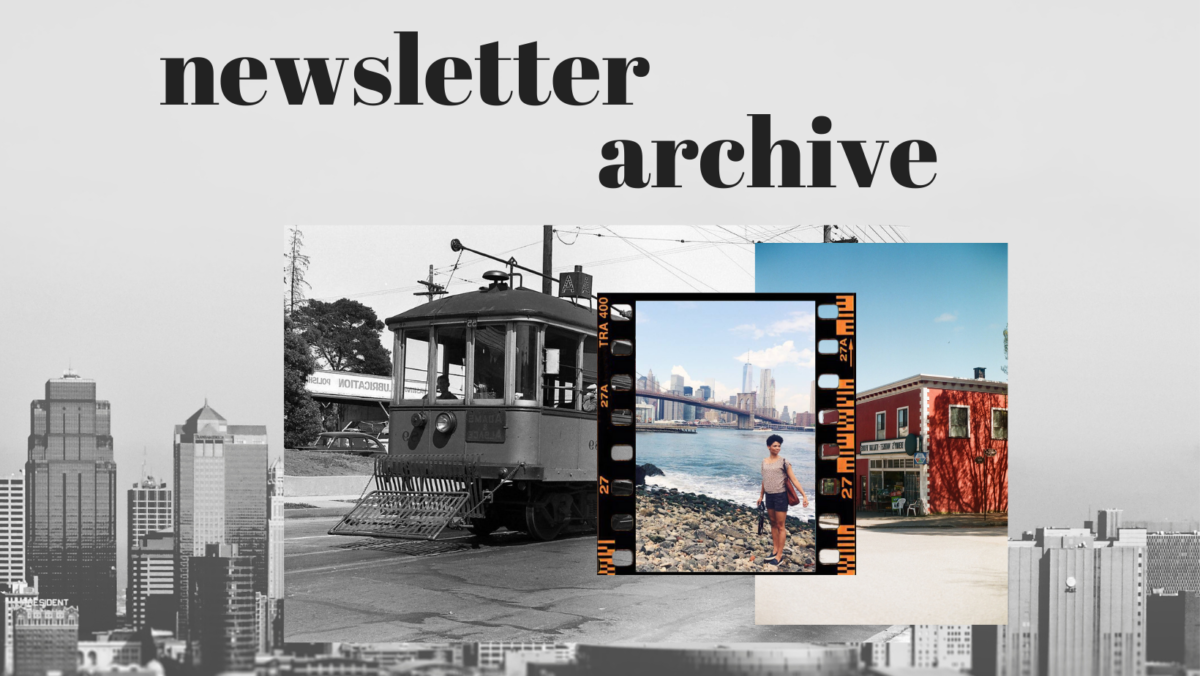This is Part 3 in an email newsletter series about my move from Brooklyn, NY to Waco, Texas. Read Part 1 here and Part 2 here.
My first year in Waco, I lived with four girls in an apartment near Baylor’s campus, one of whom was a friend of mine from college. Going from living with two other professional women who largely kept to themselves to negotiating dish-cleaning schedules with three undergrads was an amusing change to say the least.
My friend and I shared a car. Every morning, I had to be at the church by 7:30 for prayer so mornings started at 5 a.m., a rush of exercise, lunch prep and self-preparation. Most days, I would work at a spare office in the church until my friend got out of work and then we would coordinate our schedules to figure out who needed the car or a ride somewhere for the evening.
It was this need to have constant access to a car that opened my eyes to a second major difference between life in a city and life in a suburb. It wasn’t just that the built environment around me was different, it was also that this new environment mandated a new rhythm of life.
All cities facilitate a particular rhythm of life based on how they are designed. The location of homes, businesses, green spaces and amenities will play a huge influence on our rhythm of life as will the modes of transit available and the opportunity to have proximity to other people. All of these design decisions constitute a set of rules and conditions about how to be here and it is in response to these rules that we develop a rhythm of life.
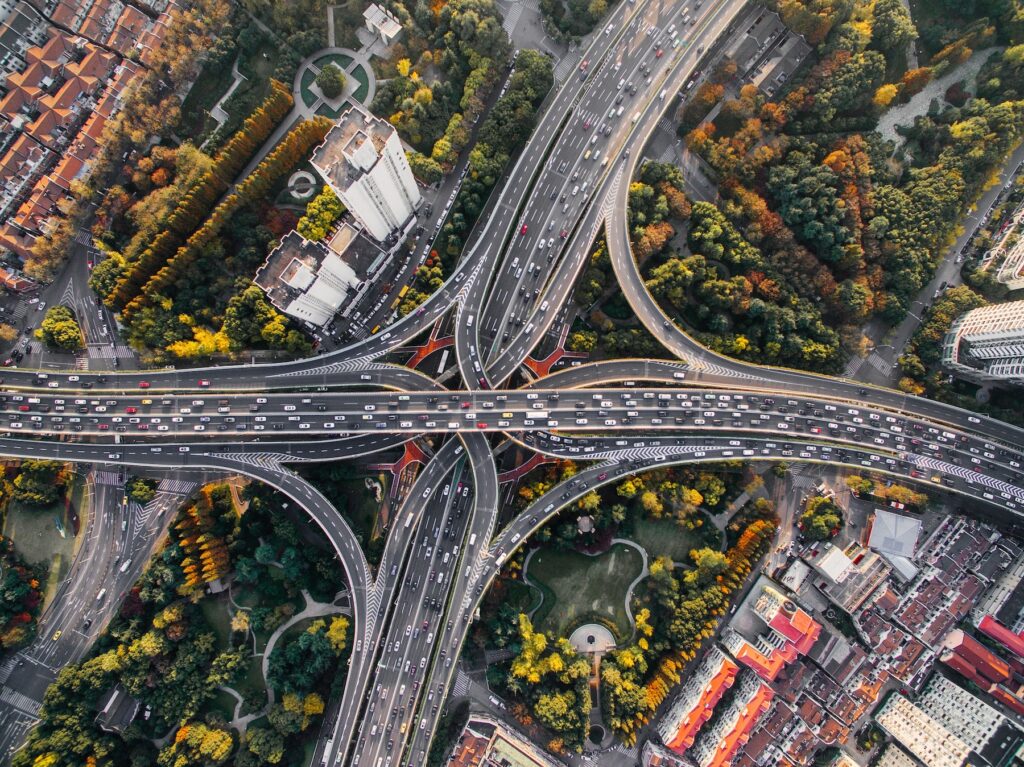
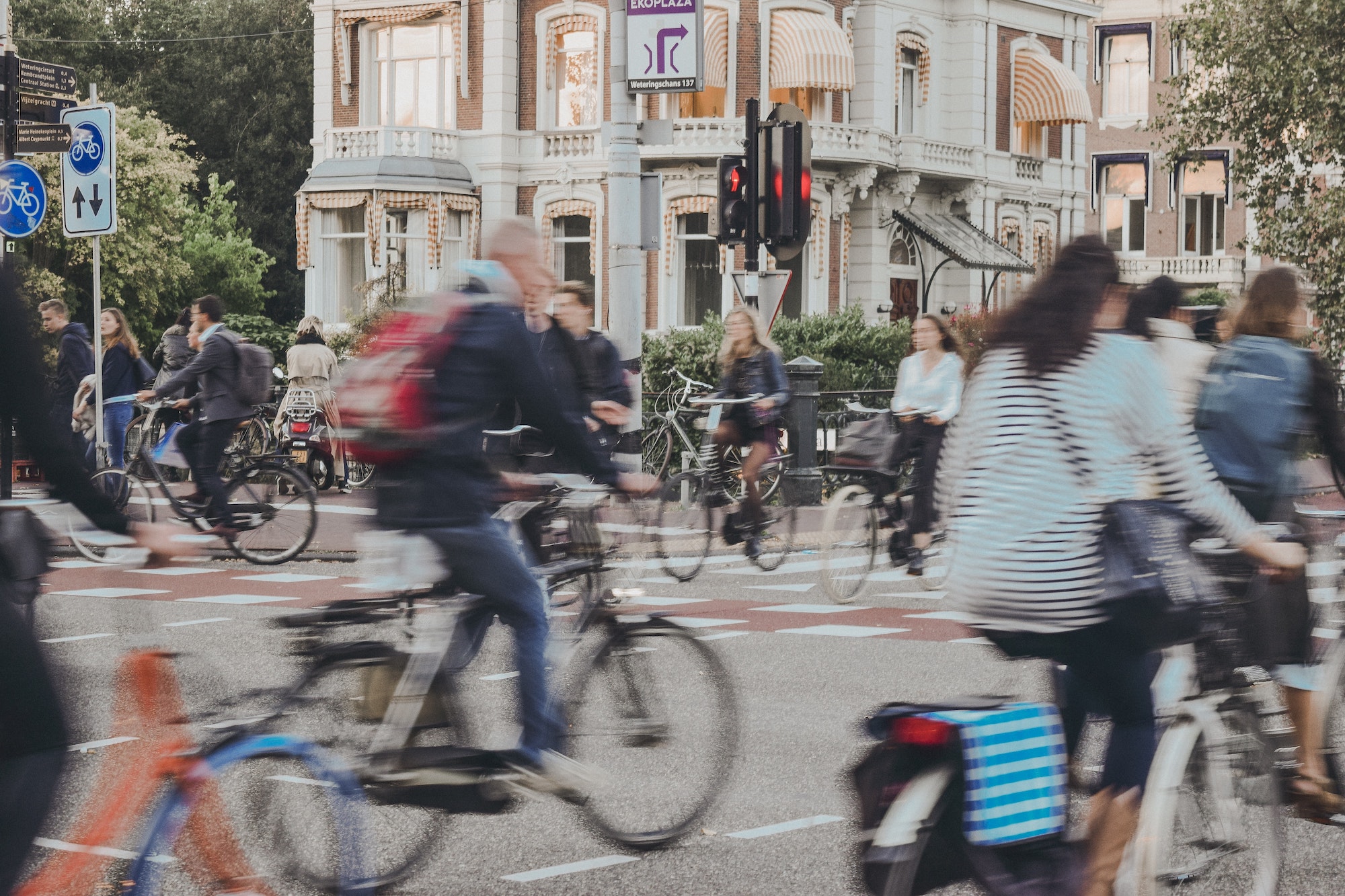
When I first moved to New York City, I was initially terrified by the “rules of the game,” namely the intermixed nature of residences and businesses, the shockingly high number of people out and about and the subway system. But I quickly adjusted and came to love life in the city. It was exhausting, yes but also interesting.
Waco was exhausting too, but for different reasons. The spread-out, segregated-use design of the city and the lack of public transit meant that my life rhythm now orbited around getting in and out of a car and driving predictable routes around town over and over again.
I am not 100% against the car, but I felt drained by the never ending requirement to drive, not to mention the stress of avoiding an accident. I missed the textured, dynamic and social nature of moving around a city by foot, bike or transit. That rhythm felt more like a dance; this felt like a never-ending march.
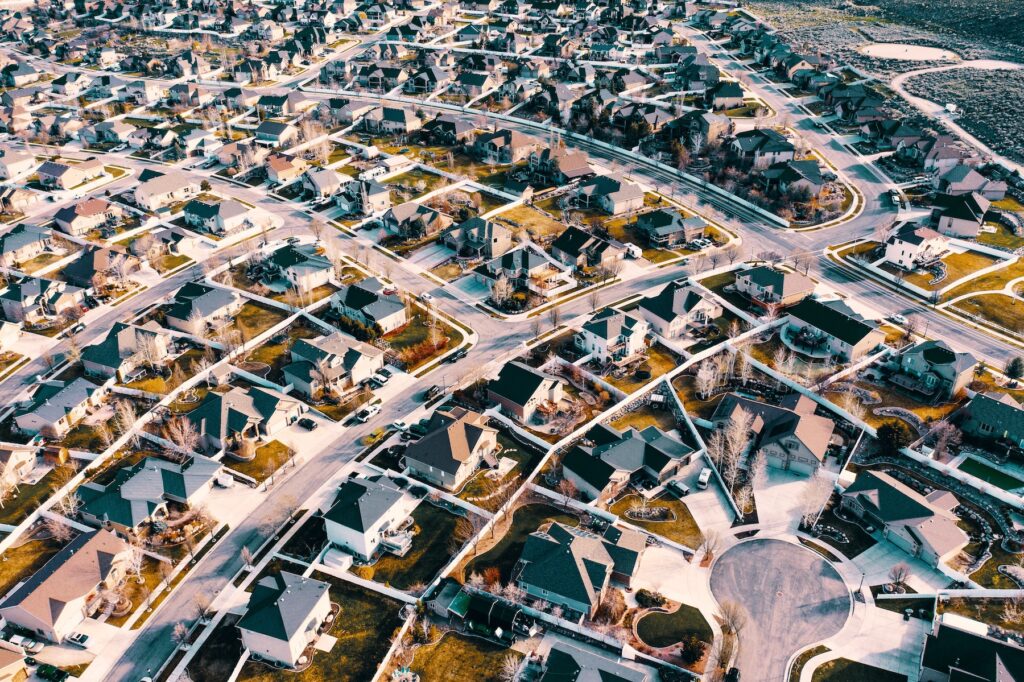
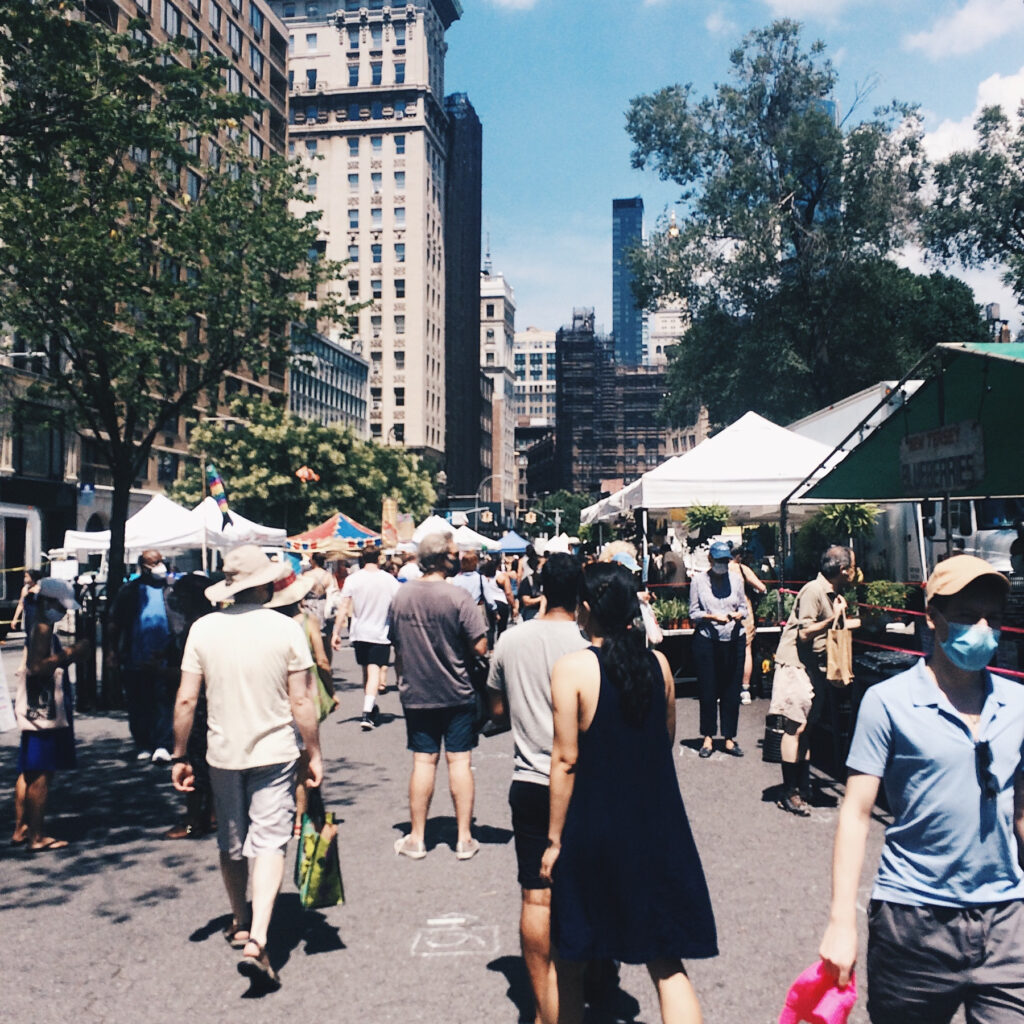
Don’t get me wrong: I get suburbia. I get the attraction of separate uses, privacy and convenience. But if the popularity of walkable cities and tourist destinations is any indication, then the suburban pattern of life with its car-dominance, separation of uses and minimal human visibility isn’t meeting other important needs like the need for embodied movement, spontaneous exploration and proximity to other people (not in cars).
I think Waco, like many cities, is starting to understand this. Magnolia’s Village at the Silos is one of the most attractive tourist attractions in all of Texas, partly because they meet the need for walkable places. Waco’s local government is constantly running surveys on how to improve public transit and bike-ability.
This is a good thing because it means we’re realizing that we’re complex beings. Yes, humans need space, predictability and convenience…suburban design gets that. But humans also need cohesion, harmony and beauty. We need to experience place through modes of movement that honor our paradoxical need for space/boundaries, structure/freedom and safety/seclusion.
Waco, like many cities is struggling to reconcile our complex needs with the suburban sprawl we’ve inherited. It’s a hugely complicated issue, but I think it’s also exciting. It’s a chance to look more closely at the design of our cities and ask ourselves what pattern of life do we want to make possible in our towns.
Thanks for reading. Please share with a friend if you find this interesting! If you’re that friend, you can subscribe here.
P.S. Here’s an article I wrote on how cars disrupt our sense of place.
